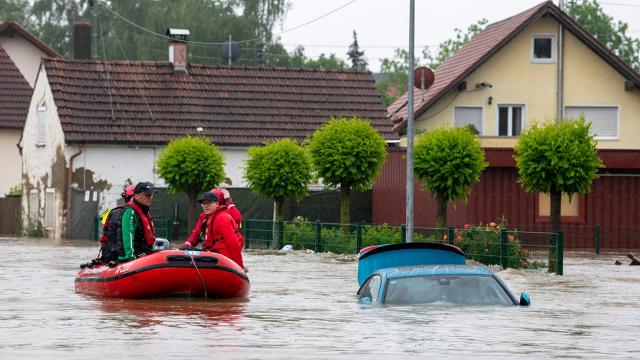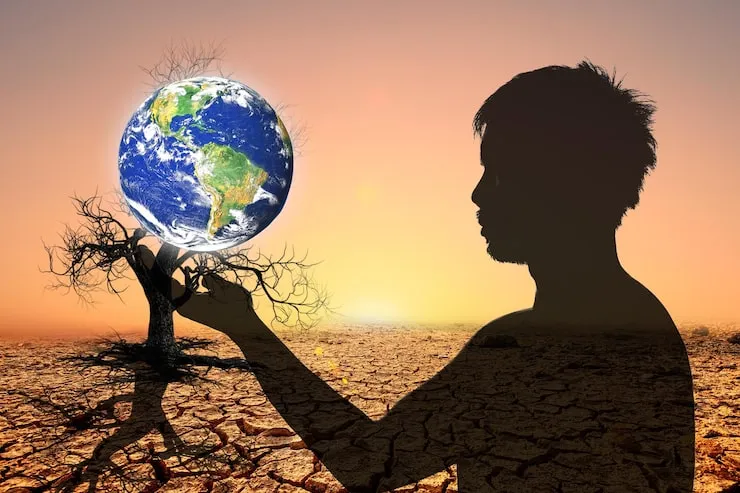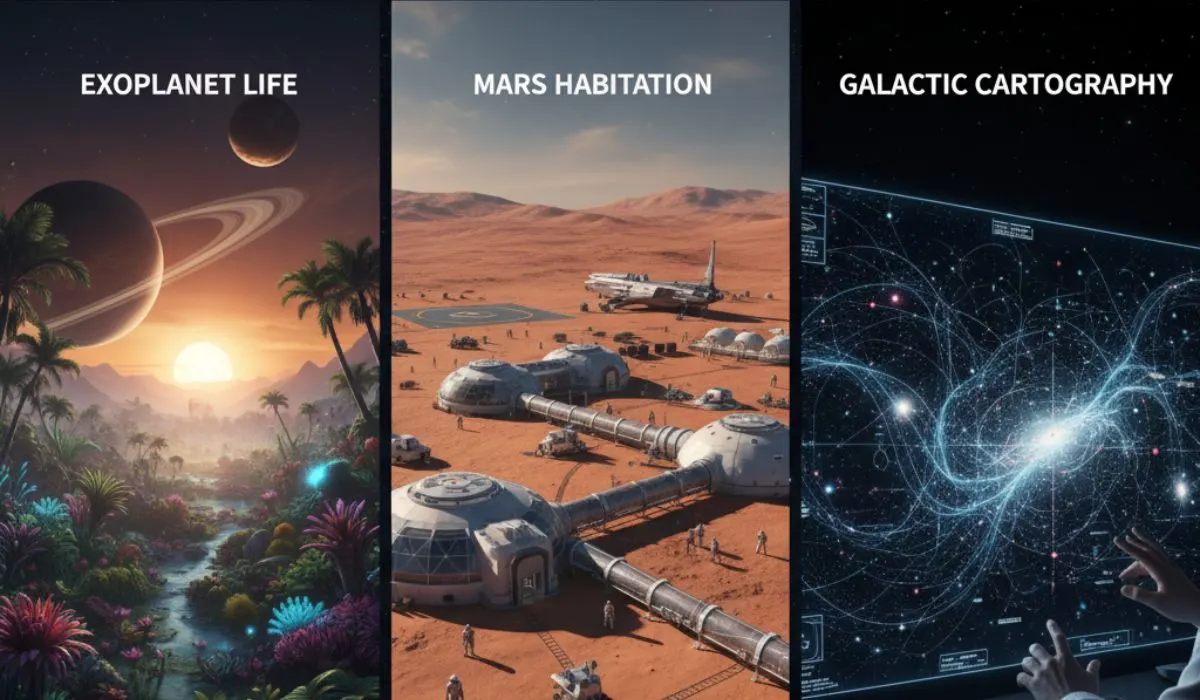Severe weather occurrences are now considered to be part of the "new normal." Previously uncommon natural weather occurrences are becoming increasingly commonplace. What then might have led to these events?
Extreme weather conditions are mostly caused by rapid changes in the global climate, which are fuelled by human activities. And among these human endeavors are overcrowding, pollution, burning fossil fuels, deforestation, and so on.
The atmospheric concentration of carbon dioxide rises as a result of these human activities. Similar to methane, carbon dioxide is a greenhouse gas that causes the Earth to retain solar energy. The planet's temperature will start to increase once it is trapped. If people do not act, the recent increase in global temperatures will make climate catastrophes far worse.
Around the globe, several businesses are impacted by the deteriorating weather conditions brought on by climate change. It requires putting up a robust strategy for managing the risks associated with severe weather, which is essential to the safety of your community and company.
The extreme weather occurrences that are on the rise as a result of climate change are listed below. Make sure you comprehend each one in order to develop a catastrophe risk management strategy that works.
1. Flames in the wild

In the United States' west, wildfires are a regular occurrence. Nonetheless, flames are become more fierce, extensive, and swift than ever as the area's temperature rises.
The weather in California has been quite unstable during the last several years. The temperature rises, and the dryness of everything around us increases. Due to these events, there have been seasonal strong winds, or "Diablo" as Californians refer to them, which have allowed wildfires to spread more quickly than ever before.
Approximately four million acres of land were destroyed by wildfires in California in 2020. It's one of the largest flames in history, consuming an area much greater than the state of Connecticut. It's also important to remember that the 2018 Camp Fire, which has killed 68 people, is the most destructive wildfire in recorded history.
Nor is this limited to California or the US as a whole. Numerous nations, including Australia, Spain, the United Kingdom, Turkey, and Russia, are experiencing wildfires that are causing millions of people to flee their homes. Experts caution that future flames will be exacerbated and caused by the severe drought.
2. Severe Heatwave
The number of locations experiencing severe heat conditions and the highest temperatures are rising in tandem with the increase in global temperatures. It can only imply one thing: scorching hot days will become the norm in an increasing number of locations.
The Texas cities of Houston and Austin would be excellent examples. Certain areas of Austin have seen a 100F spike in temperature in a single month in the last 50 years. But in Houston, there are months when the temperature rises beyond 95 degrees.
It is predicted by scientists that global temperatures will rise by 2100. And it's expected that the temperature will have risen by five degrees by then. Consider a five-degree increase if a one-degree rise is already too much for you to bear.
Severe heat waves necessitate the use of additional air conditioners, which increases carbon emissions and causes cyclic blackouts from an inadequate electricity supply. Additionally, it raises the chance of being sick and getting other diseases, particularly in susceptible people.
3. Extreme Pervasive Drought

Increased temperatures often bring in a prolonged dry spell. Additionally, soil moisture and water in shallow bodies evaporate as global temperatures rise. Climate change has made droughts harsher and more persistent in the US and other areas of the globe.
Actually, a mega drought that hasn't been seen in the previous 1,200 years is being battled by parts of the western United States. There is now a severe drought affecting most of the western states.
4. Excessive Rainfall
The quantity of water evaporating in the atmosphere rises with global temperature. This will result in an increase in the amount of water vapor in the atmosphere, which will strengthen hurricanes, bring on heavier rainstorms, and intensify snowstorms.
In the same way that arid areas grow dryer as a result of rising global temperatures, historically heavy-rainfall zones will only become much wetter. 2018 had record-breaking rainfall, with an average of 36.2 inches in a single year. As the polar ice caps melt and the temperature rises, this will go six inches higher than the prior average.
Read Also: The Causes Of The Pigeon In Las Vegas
5. Severe Winter Weather
The temperature is rising due to fast changes in the global climate, but this does not indicate that the winter months will come to an end. Actually, the reverse is true. Winters have grown more severe and terrible, resulting in acute frost, rather than shorter and peaceful.
Climate change is most likely to blame for this unexpected tragedy. The amount of water vapor trapped in the atmosphere rises with temperature. That implies more precipitation, which, as the temperature drops, might turn into strong blizzards.
The warming of the Arctic area is another important element to take into account. According to experts, this phenomena weakens the jet stream and upsets the polar vortex. Extreme winters result from freezing air escaping from the polar vortex, a region of low air pressure and winds that surrounds the North Pole.
Great blizzards that struck Texas in 2021 left over four million houses in abnormally cold temperatures. It has caused up to USD $295 billion in damage and the deaths of one hundred people. Inadequate power supply has also resulted from the scenario because of the increased energy demand for heating.
6. Flooding
Severe floods may be brought on by increasing sea levels in addition to strong storms and rainy spells. The melting of polar ice masses, glaciers, and ice caps is caused by warm ocean waters that result from rising temperatures. It increases the amount of water in the ocean, raising sea levels and inundating low-lying places.
Globally, the average sea level has risen by eight inches during the last 150 years. States in the Atlantic area and the Gulf of Mexico are now seeing a rapid increase in sea levels, leading to unprecedented rains and catastrophic floods.
Last Remarks
The primary cause of the rise in extreme weather occurrences is climate change. Because to detrimental human actions like burning fossil fuels, creating pollution, and deforestation, among others. Thus, in order to save the earth and all living things on it, take all reasonable steps, no matter how little, to stop these abrupt changes in the global climate.

.webp)






